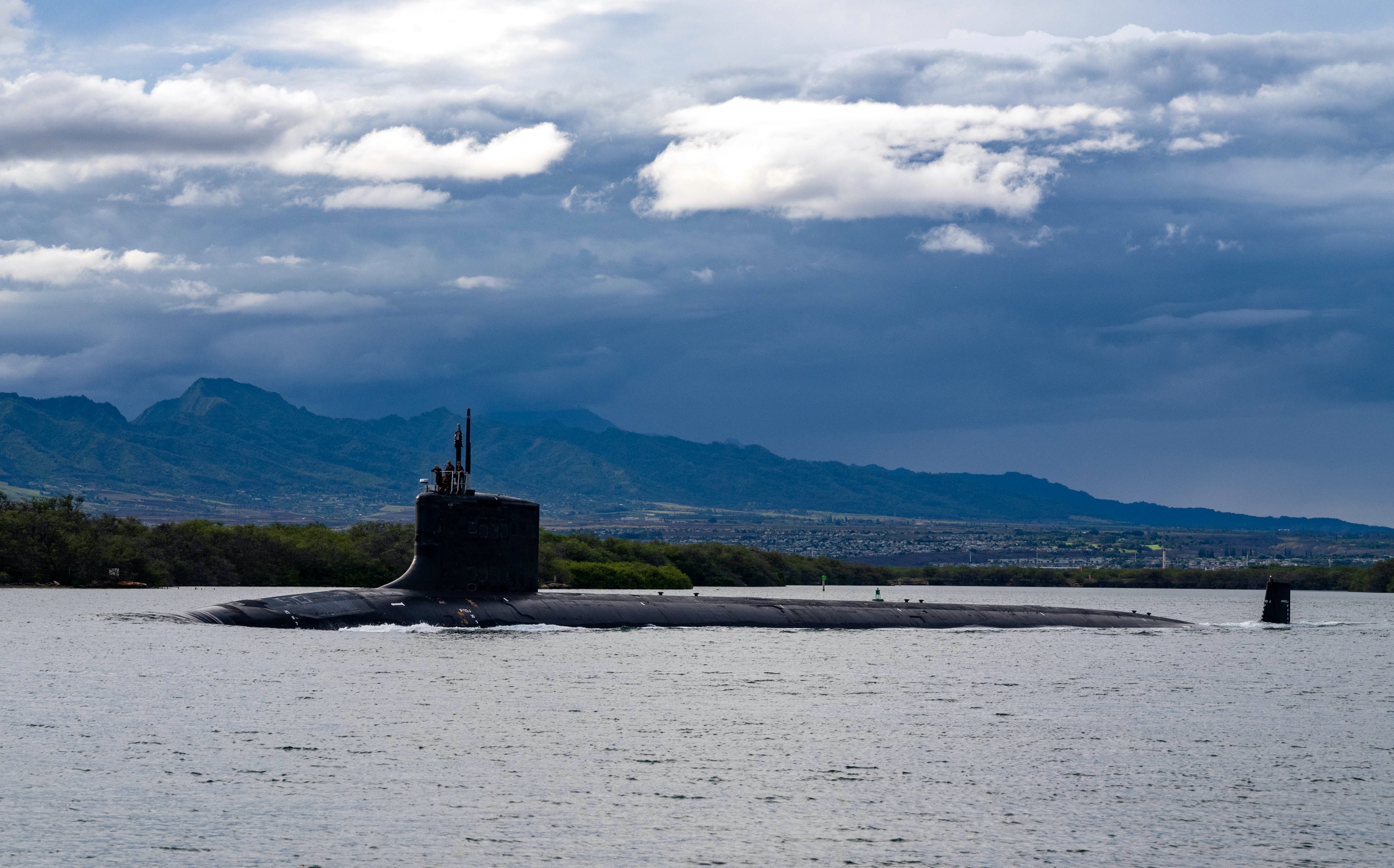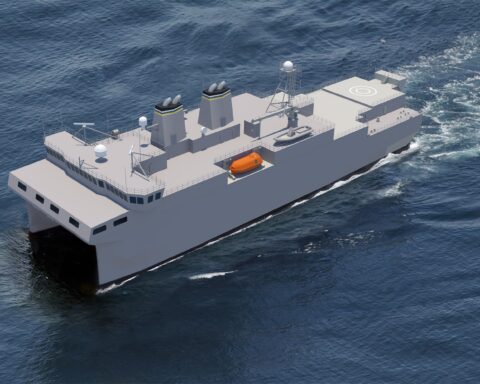The following is the June 24, 2019 Congressional Research Service report, Coast Guard Polar Security Cutter (Polar Icebreaker) Program: Background and Issues for Congress.
From the report
The Coast Guard Polar Security Cutter (PSC) program is a program to acquire three new heavy polar icebreakers, to be followed years from now by the acquisition of up to three new medium polar icebreakers. The Coast Guard estimates the total procurement costs of the three heavy polar icebreakers as $1,039 million (i.e., about $1.0 billion) for the first ship, $792 million for the second ship, and $788 million for the third ship, for a combined estimated cost of $2,619 million (i.e., about $2.6 billion). Within those figures, the shipbuilder’s portion of the total procurement cost is $746 million for the first ship, $544 million for the second ship, and $535 million for the third ship, for a combined estimated shipbuilder’s cost of $1,825 million (i.e., about $1.8 billion).
On April 23, 2019, the Coast Guard-Navy Integrated Program Office for the PSC program awarded a $745.9 million fixed-price, incentive-firm contract for the detail design and construction (DD&C) of the first PSC to VT Halter Marine of Pascagoula, MS, a shipyard owned by Singapore Technologies (ST) Engineering. VT Halter was the leader of one of three industry teams that competed for the DD&C contract. The first PSC is scheduled to begin construction in 2021 and be delivered in 2024, though the DD&C contract includes financial incentives for earlier delivery.
The DD&C contract includes options for building the second and third PSCs. If these options are exercised, the total value of the contract would increase to $1,942.8 million (i.e., about $1.9 billion). The figures of $745.9 million and $1,942.8 million cover only the shipbuilder’s costs; they do not include the cost of government-furnished equipment (GFE), which is equipment for the ships that the government purchases and then provides to the shipbuilder for incorporation into the ship, or government program-management costs. When GFE and government program-management costs are included, the total estimated procurement cost of the first PSC is between $925 million and $940 million, and the total estimated procurement cost of the three-ship PSC program is about $2.95 billion.
The PSC program has received a total of $1,034.6 million (i.e., about $1.0 billion) in procurement funding through FY2019, including $300 million provided through the Navy’s shipbuilding account in FY2017 and FY2018. The Coast Guard’s proposed FY2020 budget requests $35 million in procurement funding for the PSC program, which is enough to cover the PSC program’s FY2020 government program-management costs. The Coast Guard’s FY2019 budget submission had projected that a total of $125 million in procurement funding would be requested for the PSC program in FY2020.
The operational U.S. polar icebreaking fleet currently consists of one heavy polar icebreaker, Polar Star, and one medium polar icebreaker, Healy. In addition to Polar Star, the Coast Guard has a second heavy polar icebreaker, Polar Sea. Polar Sea, however, suffered an engine casualty in June 2010 and has been nonoperational since then. Polar Star and Polar Sea entered service in 1976 and 1978, respectively, and are now well beyond their originally intended 30-year service lives. The Coast Guard is using Polar Sea as a source of spare parts for keeping Polar Star operational.
Issues for Congress for the PSC program include, inter alia, whether to approve, reject, or modify the Coast Guard’s FY2020 procurement funding request for the program; whether to use a contract with options or a block buy contract to procure the ships; whether to continue providing at least some of the procurement funding for the PSC program through the Navy’s shipbuilding account; technical, schedule, and cost risk in the PSC program; and whether to procure heavy and medium polar icebreakers to a common basic design.
Download the document here.





